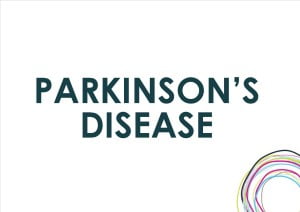Scientists know that faulty proteins can cause harmful deposits or “aggregates” in neurological disorders such as Alzheimer’s and Parkinson’s disease. Although the causes of these protein deposits remain a mystery, it is known that abnormal aggregates can result when cells fail to
transmit proper genetic information to proteins.
Researchers from the University of California San Diego first highlighted this cause of brain disease more than 10 years ago. Today, they have identified a gene, Ankrd16, that prevents the protein aggregates they originally observed. Usually, the information transfer from gene to protein is carefully controlled — biologically “proofread” and corrected — to avoid the production of improper proteins.
Recent research identified that Ankrd16 rescued specific neurons — called Purkinje cells — that die when proofreading fails. Without normal levels of Ankrd16, these nerve cells, located in the cerebellum, incorrectly activate the amino acid serine, which is then improperly incorporated into proteins, causing protein aggregation.
The levels of Ankrd16 are normally low in Purkinje cells, making these neurons vulnerable to proofreading defects. Raising the level of Ankrd16 protects these cells from dying, while removing Ankrd16 from other neurons in mice with a proofreading deficiency caused widespread buildup of abnormal proteins and ultimately neuronal death. The researchers note that only a few modifier genes of disease mutations such as Ankrd16 have been identified and a modifier-based mechanism for understanding the underlying pathology of neurodegenerative diseases may be a promising route to understanding disease development.
Paper: “ANKRD16 prevents neuron loss caused by an editing-defective tRNA synthetase.”
Reprinted by materials provided by: The University of California – San Diego

 Freezing of gait (FoG) is a disabling symptom of Parkinson’s Disease, characterised by patients becoming stuck while walking and unable to move forward. It is well-known to lead to falls and lower quality of life, making it an important target for treatment.
Freezing of gait (FoG) is a disabling symptom of Parkinson’s Disease, characterised by patients becoming stuck while walking and unable to move forward. It is well-known to lead to falls and lower quality of life, making it an important target for treatment.